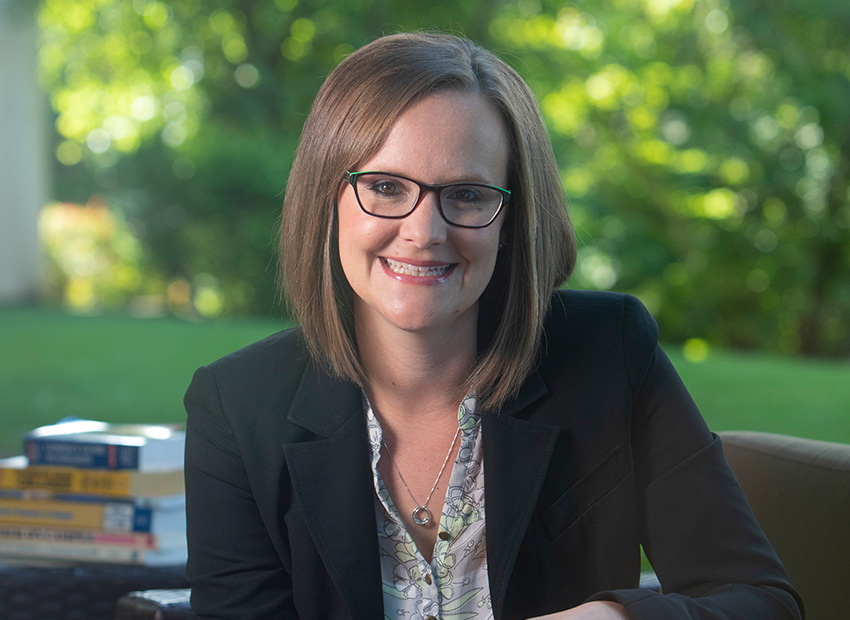Researching Campus Culture as Part of Your College Search
Brian Swann, former admissions officer at Carleton College, contributed to this post
When researching colleges and deciding where to apply, there are so many factors to consider that vary for each student – cost, location, academic quality and programming, athletics, student life, professional development, and so much more. We often talk to families about the importance of a college being a strong “fit” for a student, but what does this really mean? Although some aspects of fit can be quantified and measured, sometimes it is a feeling that a student gets when they step foot on a campus, or a profound resonance with the campus values and culture.
For many students we’ve worked with, elements of diversity and identity have been critical in researching colleges and ultimately determining where to attend. This is part of the college search process that is deeply personal, often vulnerable, important to authentically reflect on, and wildly different for each family. Here are some elements of diversity that we’ve discussed and explored with students when researching colleges: race, ethnicity, country of origin, gender and/or sexual identity, religion, geographic diversity of students’ home states, physical and mental health, disability/accessibility support services, social and political beliefs, socioeconomic status, and family background/exposure to higher education. But how can a student research the diversity of a college, campus culture, and an institution’s commitment to truly welcome students like them?
As a student begins their preliminary college research, it can be helpful to begin with numbers and statistics. As a starting point for your search, here are a few helpful resources:
- The College Board’s Big Future school profiles include a “Campus Life” tab with data about the student body. These profiles often include information about race and ethnicity, gender, athletics, special programs, and more.
- The Campus Pride Index is a national listing of LGBTQ-friendly colleges and universities.
- U.S. News and World Report has some helpful rankings for most international, most racially and ethnically diverse colleges , and Historically Black Colleges and Universities (HBCU).
- The U.S. Department of Education maintains a list of Hispanic Serving Institutions (HSI).
- The Women’s College Coalition has a helpful search tool for exploring women’s colleges.
- Hillel International provides robust online search options to learn about colleges with vibrant Jewish communities.
- The Social Mobility Index ranks colleges that provide the most upward mobility for economically disadvantaged students.
- Look for information about diversity on college websites. How easy (or hard) is it to find information about diversity and inclusion and evidence of anti-racism initiatives? The prominence of this information can sometimes signal institutional priorities and commitments.
- If you are the first in your family to attend college, look for resources the college has specifically for first-generation students.
- Look for clubs, organizations, and academic and student life offices related to your identity and interests.
- Reach out to the office of admission and/or campus offices and inquire about following:
- Opportunities to speak with staff or faculty to learn about if/how diversity and inclusion initiatives fit into the curriculum, courses, and programming.
- If students are empowered and included in diversity and inclusion initiatives.
- What campus climate and culture are like and how issues of diversity, identity, gender, religion, and politics are celebrated and discussed on campus.
- Understand if changes to state or federal laws have impacted the experiences of students.
- Find ways to speak with current students to hear their perspectives from different identities and lived experiences:
- Many offices of admission have student ambassadors who can speak with you.
- Reach out to graduates from your high school, community, church/synagogue/mosque, etc.
- Reach out to campus offices working in the religious, health and wellness, and diversity and equity spaces (if you aren’t sure what those offices are, ask the office of admission).
- Email student clubs and organizations involved with political, religious, and diversity-based interests.
- Attend on-campus and virtual events and meet with admissions officers when they travel in your area (e.g. college fairs and school visits).
- Explore the college’s student newspaper to get a sense of what is on the mind of current students.
- Investigate the social media feeds affiliated with the college.






